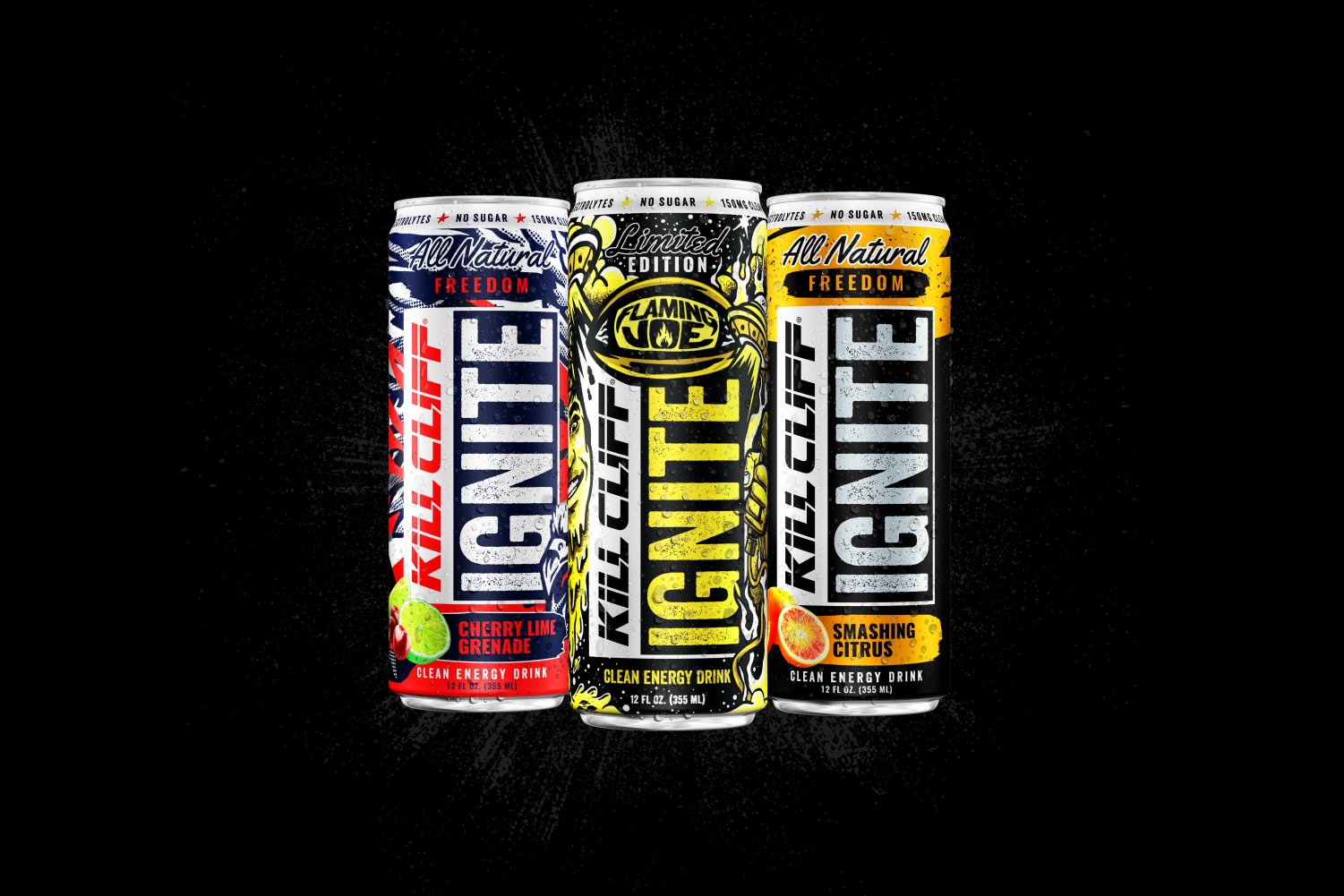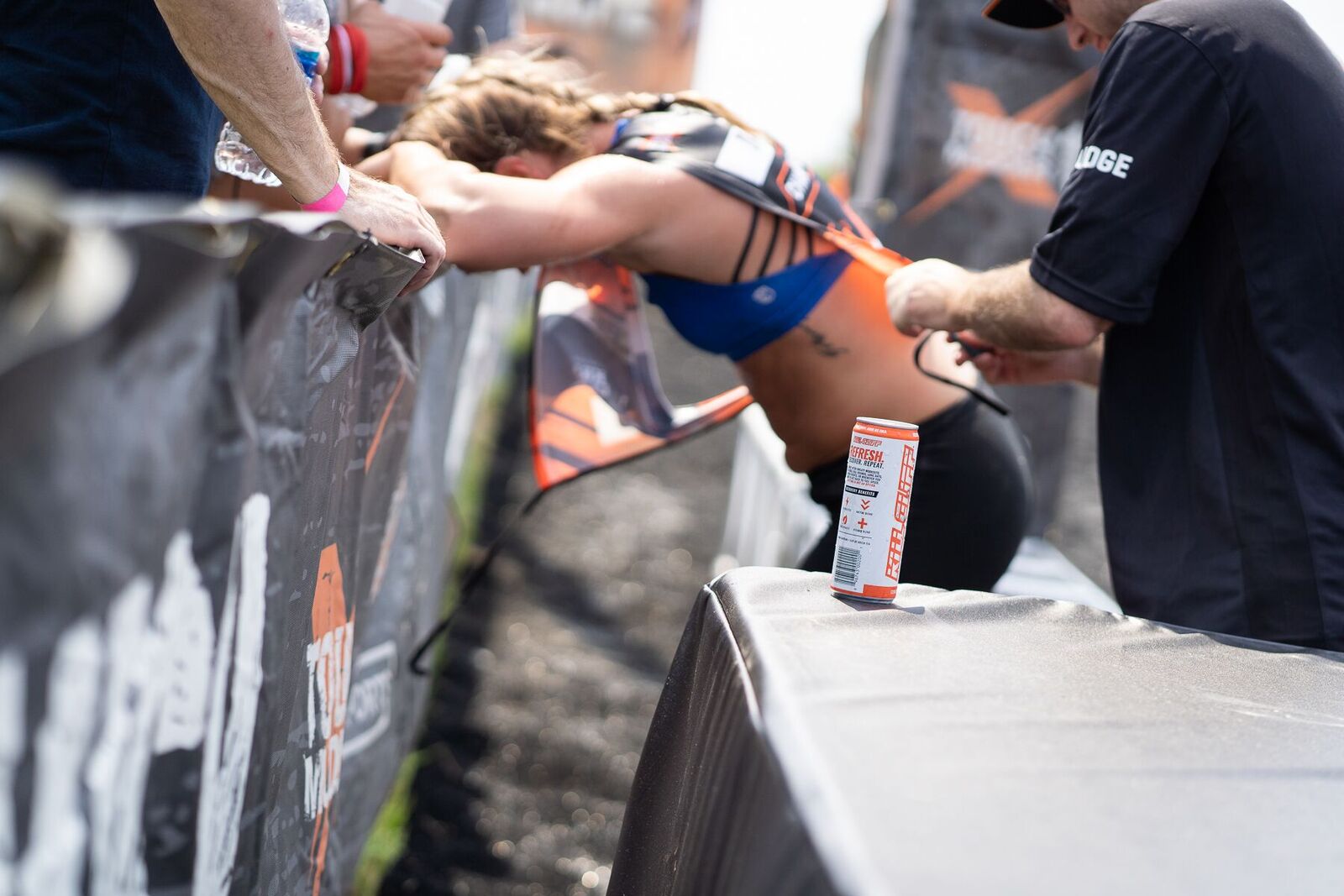
“I can’t believe I missed that rep,” said J. “You know, I worked so hard for the past year and a half and have been progressively getting better. I’ve been eating right, lifting on a linear progression—trying everything bro.” J then walked away from the bar shoulders slumped over with a grimaced face, begins to strip the bar, and shakes his head.
We’ve all been there before—a missed opportunity for a new PR, the feeling of mental fatigue setting in, the feeling of utter defeat. As a personal trainer, it's tough when I don't meet a standard expectation. It's comparable to a trainee, binging on the weekend, a manager, letting a customer or two fall through the cracks or an athlete, missing a try. These are all failures.
What Is Failure?
Failure is defined as the condition or fact of not achieving the desired end or ends; falling short. In so far as our training is concerned, fatigue is a part of failure. As Mark Rippetoe described failure in Practical Programming, “physiologically as a reduction of the force-production capacity of a muscle.
We often forget that we are predictably irrational creatures and mistake failure for inability. Interchanging them to mentally block ourselves from possible embarrassment (self-preservation)." It's clear that our ego needs to be checked.
Learn How to Fail - Fitness, strength and conditioning, failure, mindset, personal growth, mistakes, training plan, growth mindset
Ego is described by to Sigmund Freud as: “the portion of the human personality which refers to the “self” or “I” and is in contact with the external world through perception…responsive to and acts in the surrounding physical and social world.”
It’s something that most of us take for granted and subsequently do not cultivate. Cultivation means to promote or improve the growth of something by labor and attention. I relate to this particular meaning, amongst others, to support the idea that training and failure require attention and work despite our ego. It’s a process.
The Role of Failure in Training
Training, as Mark Rippetoe explains, is “physical activity performed for purposes of satisfying a long-term performance goal, and is therefore about the process instead of the constituent workouts of the process…resulting in metabolic and architectural changes that, over a period, yield a specific type of accumulated physiological adaptation.”
Learning to fail well will translate to a better training session and ultimately, as Freud explains, a “strong ego”: "having objectivity in one’s apprehension of the external world and insight; ability to follow resolves while choosing decisively among alternatives. Resisting immediate environmental and social pressure. Directing his or her drives into useful channels.”
Training consists of education, instruction, and discipline of a person or thing that is being trained. Your muscles need education, too. You know the poor posture that every smartphone owner develops. Those poor postural muscles need re-educating and once we choose to objectively fix the problem, the process of learning and failure begins.
My client taught me something about learning from my failures as a trainer and also as an average gym goer. Failure forces you to look within yourself, to find the “self” that can do what it is you originally set out to do. Introspection is required. The “I” must be tamed, cultivated by paying attention to form, stress levels, recovery, nutrition, and the amount of work being done. You must be disciplined enough to note metabolic and architectural changes and make choices based on them.
Let’s begin the process together.
How to Cultivate the Ego During Training
- Listen to and watch everyone in the gym, even the trainers.
- Ask questions to those that are dedicated to the process of “that life." (Yes, even the intimidating guy or girl who is a bodybuilder.)
- Learn to understand how your body works and how individualized it is (i.e. blood work, DNAFit).
- Cater to your body by initiating key movements with a strong mind-muscle connection (feel the muscle you’re going to work prior to working it).
- Approach training with the idea of success: “An inner ideal which is followed persistently with courage, defining a goal and having the resolve to complete it.”
- Quantify the quality work that you do through journaling and or digitally tracking your progress.
- Check your non-productive ego at the door.
- Test how you feel in your warm-up sets. You will gauge your power output based on muscle tightness and range of motion.
- In your working sets recognize if the resistance applied is too heavy or not heavy enough.
- How do you feel after your initial compound lifts? Are your muscles working with each other instead of against each other? Do you feel an imbalance? Stiffness? Fear?
- You missed a rep. Should you try it again? Learn how to say no to a rep. Form breakdown is a good reason to halt that set. However, do not use your muscles as the sole leading factor in stopping a working set.
- Note and record your failure, plan to use accessory movements to focus on improving your main lifts and movement patterns. (i.e. Romanian deadlifts for your deadlift, floor press for your bench press, kneeling jumps and/or broad jumps for your box jumps)
- Note and record your failures, plan to provide proper recovery, increase your nutrition as needed, maintain adequate hydration, sleep, lessen distractions, and plan for active rest.
- Note patterns in failure and correct them. Push past your mental blocks with objectivity.
Yes, we fail every day. Yes, we will continue to fail. Why choose to do better? Why trust the process? Why choose to help others when we ourselves are failing? We need to learn to cultivate the ego so that training becomes a process of continually growing and helping those around us to grow.
Train your mind, your muscles, your anxieties, your insecurities, your thoughts, and your beliefs. Physical activity is a conduit by which we can grow each day and is something that we should decide to labor.
If you are interested in following Chris Lofland’s online templates or want to join his individualized programming, feel free to email him at CMLofland@gmail.com or visit my website www.ChrisLofland.com for more info on program, pricing, free articles and more! You can also follow him on Instagram at @C_Lofland
Purchase Chris Lofland’s Gymnastic Strength Program (HERE) for $89.95
Purchase Chris Lofland’s Muscle Up Program (HERE) for $35.95
Purchase Chris Lofland’s Handstand Program (HERE) for $35.95








